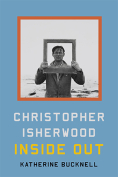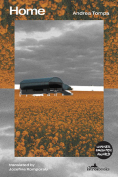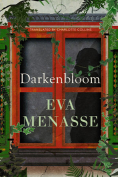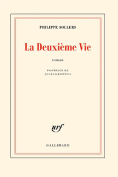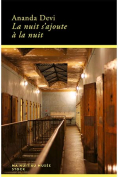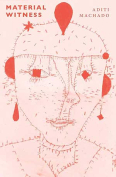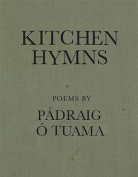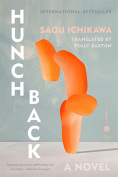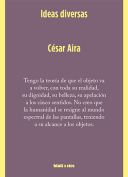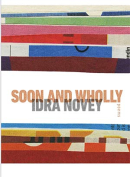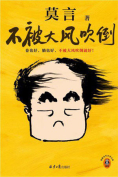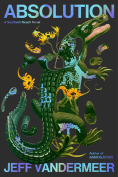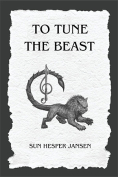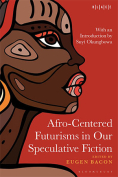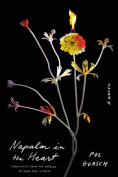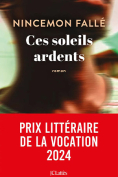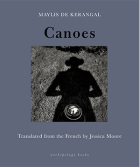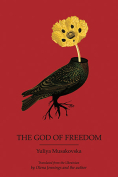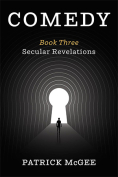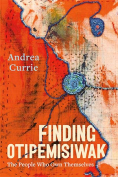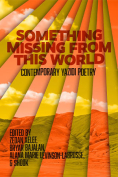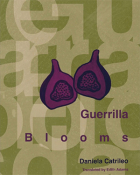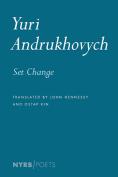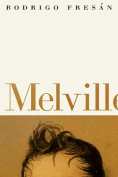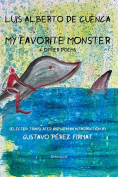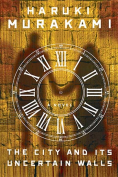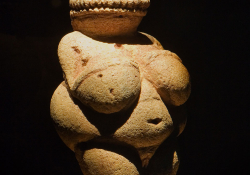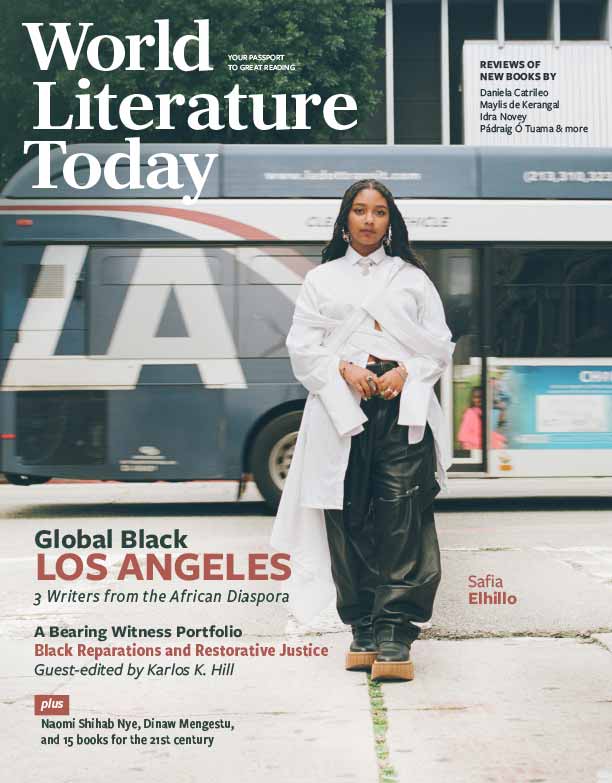My Favorite Monster and Other Poems by Luis Alberto de Cuenca
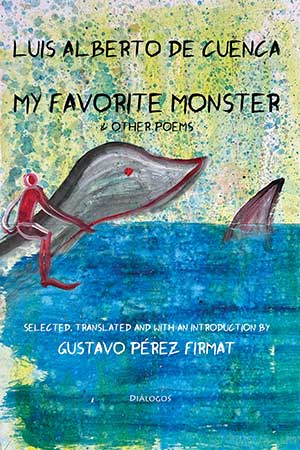
New Orleans. Diálogos Books. 2024. 115 pages.
My Favorite Monster and Other Poems is a captivating collection of poetry by Luis Alberto de Cuenca (b. 1950, Madrid), one of Spain’s best-known and most celebrated contemporary poets. This bilingual edition of poems, selected and translated by scholar Gustavo Pérez Firmat, marks the poetic debut in English by this renowned Spanish poet. Cuenca, a major influence on younger poets, has received numerous prizes for both his scholarly and creative work, including the National Translation Award (1989), the National Poetry Award (2015), and the International Federico García Lorca Poetry Award (2021).
A prolific and multifaceted poet, Cuenca—who holds a doctorate in classical philology—is known for his eclectic range of influences. Drawing inspiration from classical mythology, history, literature, pop culture, comic books, modern myths, cartoons, and films, his works invite readers to contemplate the intersection between the ancient and the modern. The poems Pérez Firmat has selected offer a rich variety of themes and often combine elements of irony, humor, and nostalgia.
As reflected in the hermetic, erudite poetry of his early works, starting in 1971 with his first book of poems, Los retratos (Portraits), Cuenca favored the aesthetic known as culturalismo that dominated Spanish poetry in the 1970s. His evolution toward intimacy, lyricism, simplicity, and a focus on the communicative capacity of poetry became evident in 1985 with the publication of La caja de plata (The silver box), for which he won the National Critics Award (1986). In the new aesthetic, which Cuenca terms poesía de línea clara (poetry with a clear line), the external “visible” cultural references of his early poetry tend to become “invisible” in poems that draw on classical antiquity and pop culture, urban reality, and modern literature:
The time has come to write poems with and about
everything: with Judge Dee’s prose (so precise, scientific),
with cartoons by Milton Caniff, Frank Robbins, Alex Raymond,
. . . with you, of course,
who are reborn day after day from the foam of my desire, . . .
The time has come to write poems that nourish
so that no one is left hungry after our last supper.
Poems that abolish night and day. (“With Everything. About Everything”)
As explained by Luis Alberto de Cuenca, línea clara is an expression from the world of Franco-Belgian comics, in which, as in works by Hergé or Jacobs, the lines are well delineated, the colors are pure, and the message is free of ambiguities. All the poems in this volume display clear lines; Pérez Firmat’s selection offers a well-balanced representation of línea clara poetry. Readers will find poems that address a wide range of subjects—everyday concerns of urban life, fantasies, love, loss, mass culture, the passing of time—and express emotion with an extremely natural language, as in “Eros and Psyche”: “You have no idea how it came to this. / You wake up in the morning / to discover that your furniture is gone.”
Cuenca’s wordplay and subtle nuances add layers of meaning to each poem, inviting readers to unravel the mysteries hidden within. This erudite yet accessible poetry may be enjoyed on multiple levels, resulting, in part, from the intertextual dimension of Cuenca’s poetics. The use of a conversational register, as in “Moses,” creates a sense of intimacy between poet and reader: “Give me your hand. We have to cross / the river and my strength fails me.”
Pérez Firmat’s informative introduction offers insights into the selection and translation of the poems. Of particular interest are the liberties taken to avoiding literalism while focusing on consistency of tone and intention. Drawing on his background as a poet, Pérez Firmat has rendered metered poems as free verse. As Cuenca himself has stated: “Traducir un poema es escribir un poema nuevo” (Translating a poem is effectively writing a new poem). Pérez Firmat has masterfully navigated the rough seas of literary translation. In re-creating the poems from the source to the target language, he has conveyed the meaning, spirit, and emotion of the original works; for instance, maintaining the rhythm and intensity in “Moses” and the humor in “My Favorite Monster.”
While the book could profit by identifying the works from which all the poems were selected, this bilingual volume is a welcome addition for Spanish literary studies. The poems are published side by side, also making the volume a valuable resource for literary translation courses or workshops.
Overall, My Favorite Monster and Other Poems is an excellent compilation that showcases Cuenca’s distinctive lyrical voice and exceptional talent. The selection of poems and Pérez Firmat’s skillful translations make this book an ideal introduction to one of Spain’s most outstanding contemporary poets.
Elena M. de Jongh
Florida International University
